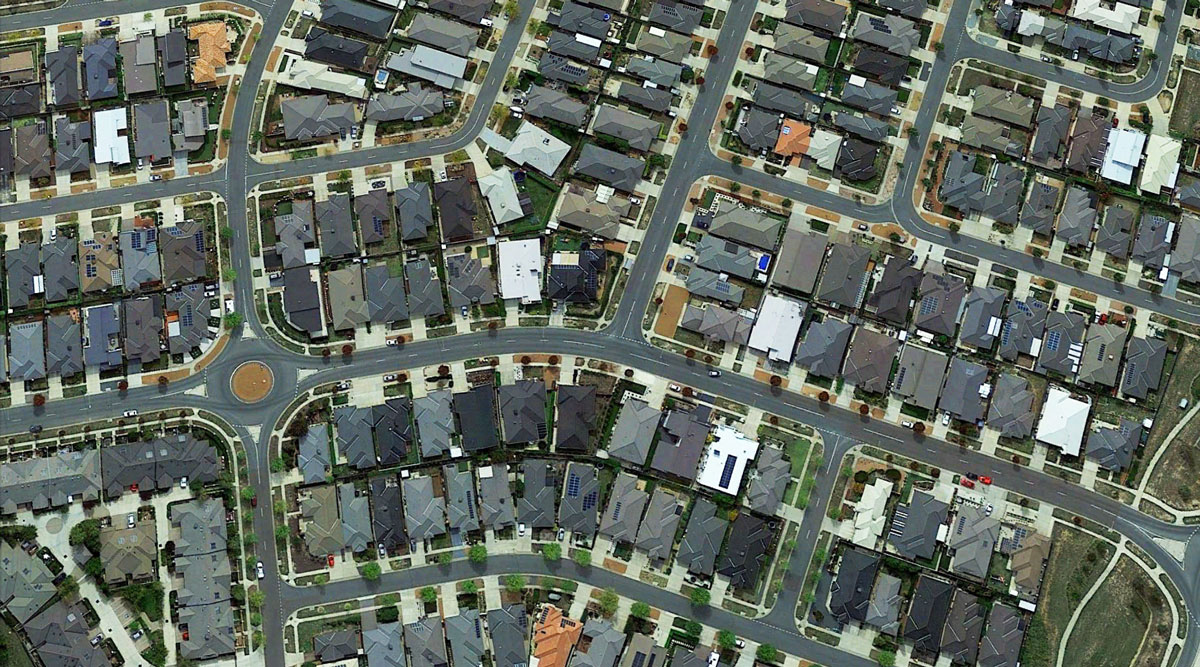
When the ACT government announced on September 25 an allocation of $14 million to plant 54,000 trees across Canberra, clearly it was designed to give the impression that the government took trees and biodiversity seriously.
Leading up to the 2020 ACT elections all parties offered to do something about the city’s diminishing urban forests. The bidding was serious.
The government’s announcement is an overdue effort to make up for the losses of the last decade or more – being the time of the coalition of ACT Greens and ACT Labor in government.
No mention was made about how this figure overlapped with 2020 and early 2021 announcements for planting trees. Nor is it clear whether the 54,000 include trees that would have been planted as part of on-going programs. The announced figures may be smoke and mirrors with the “extra” trees being not so many.
In 2019, Caroline Le Couteur, then a Greens MLA, said that the government needed to plant an extra 7000 trees annually to help restore the city’s canopy. She cited a 2012 report that stated Canberra’s streets and parks needed 40,000 trees to fill the gaps and replace dying trees. That number would be much higher in 2021.
The 54,000 trees by 2024 would not be making the city more climate resilient (as boasted in the media releases), but may be more about replacing those lost over the last decade in the public areas of Canberra. If the tree canopy is now a little under 20 per cent (some say closer to 15 per cent), then despite all the rhetoric, the ACT Greens are not yet addressing the realities of the climate crisis. The canopy will most likely stay around 20 per cent at best for years to come.
There’s a lot of blah, blah, blah in the Greens’ compromising agreement with ACT Labor to form government. The ACT Greens took a fairly moderate, action-packed green infrastructure agenda to the last election. However, their agreement has this watered down to not-doing-much with words such as “continuing to work towards reaching a 30 per cent urban tree canopy across Canberra by changing the Tree Protection Act and planning system”.
Continuing to work towards could be a committee meeting to decide to meet next year or the one after to formulate a strategy. Tick that box! The climate crisis will not be addressed by talking and doing little.
BUT the debate that’s not happening is what is happening with established suburban redevelopment (trees and established biodiversity cleared for larger houses) and that newer suburbs have very few trees and biodiversity (no backyards, etcetera).
This is where the ACT Greens and ACT Labor are looking the other way – nothing to see here – and have let down future generations, big time!
There’s no need for “Have You Say” surveys to work out what is happening. Residents have observed how their established suburbs suffer with new larger houses and less greenery. And the illustration shows clearly how the newer suburbs have smaller blocks with large houses that almost touch each other. These residences have tiny yards with the smallest amounts of greenery. Heat-island bliss!
Add to all this, the planning rules that allow for minimal greenery around multi-unit apartments – the last proposal being 15 per cent. When the so-called Demonstration Housing scheme was promoted by the ACT government, including the ACT Greens, the danger was that the most basic residential zone (RZ1) would be undermined and the greenery would be reduced to the lower requirement of 15 per cent.
These seriously bad outcomes fall to the ACT Greens and their coalition government who have completely compromised the future health and well-being of future residents of this city. It is definitely time for the ACT Greens to return to being green instead of murky brown.
The last words come from Prince William on October 15 when talking about the Glasgow Climate Conference: “We can’t have more clever speak, clever words but not enough action.” Or the Queen, who said: “It’s really irritating when they talk but they don’t do.”
——————————
This article is a version of the piece originally published online with City News
Paul Costigan is an independent commentator and consultant on the visual arts, photography, urban design, environmental issues and everyday matters.